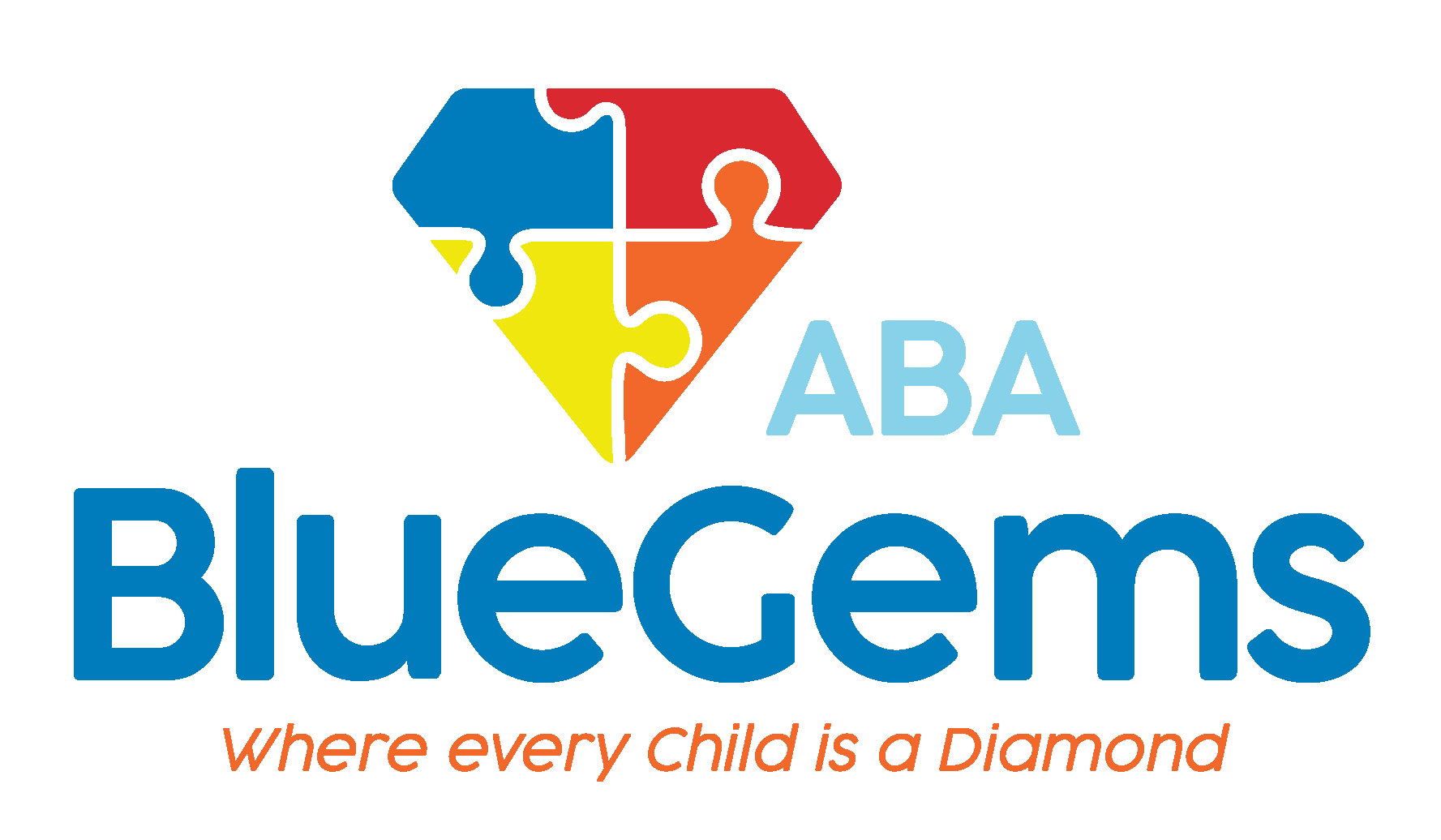Missing the Nuance: Do People with Autism Understand Sarcasm?
There are a lot of nuances to communication beyond just the works that are spoken. Many nonverbal cues go into effective communication, including hand gestures, body positioning, facial expressions and tone of voice.
One nuanced aspect of communication is sarcasm, and it’s important for people to understand this — and all other nonverbal cues — if they want to truly be good communicators.
Unfortunately, people who have autism spectrum disorder (ASD) typically struggle with understanding sarcasm. In many cases, they take this speech quite literally, which makes it hard for them to understand when other people are teasing or joking.
Of course, like all other aspects of autism, this isn’t an across-the-board rule. In other words, not all people with autism will have on ability to understand sarcasm.
Below, we’ll dive into this topic more and expand into why sarcasm is something that people with autism typically struggle with.
Read more:
- https://bluegemsaba.com/autism-and-communication-problems/
- https://bluegemsaba.com/non-verbal-communication-and-autism/
- https://bluegemsaba.com/learning-communication-skills-with-aba-therapy/
Table Of Contents
Why Do People with Autism Struggle to Understand Sarcasm?
Sarcasm is very common as a type of communication in the U.S. and many cultures around the world. It is used as a way to sometimes lighten up a conversation, joke around, make connections with people on a different level and have a laugh.
At the same time, it can also be an isolating form of conversation for individuals with autism, since they can struggle to fully comprehend its meaning.
The main reason for this is that people on the autism spectrum often have trouble with nonverbal communication, and this includes sarcasm, which is a form of figurative language. For people with autism, the nature of sarcasm — where people often say one thing but mean the opposite — can be very confusing.
Some research has shown that sarcasm can be particularly challenging for some individuals with autism to understand when it’s used in contexts where it’s accompanied by facial expressions or other visual cues. This makes sense, too, since those are all forms of nonverbal communication.
How Can Not Understanding Sarcasm Affect a Person with Autism?
Not being able to understand sarcasm as well as others may seem trivial, but it can have very negative effects on people with autism.
If a person can’t understand sarcasm, it may lead to them feeling frustrated and/or isolated, especially if they frequently find themselves in situations where sarcasm is used. In addition, it can lead to miscommunication or misunderstandings, which can further isolate them and/or cause problems in school, work or social environments.
This can compound challenges that people with autism typically face. Many individuals on the autism spectrum already feel isolated and alone as they can easily be ostracized by their peers from a young age because they’re “different.”
The challenges they face in understanding sarcasm could make these issues even more significant, which could cause them to become anxious, overwhelmed and nervous in social situations, which can lead to mental health issues such as depression and sadness.
Can People with Autism Learn to Interpret Sarcasm?
Fortunately, there are ways that people with autism can learn how to better interpret and understand nonverbal cues and figurative language. In many cases, this is done through applied behavioral analysis, which is considered the gold standard of treatment options for individuals on the autism spectrum.
ABA therapy, as it’s also known, uses positive reinforcement and repetition to help people with autism learn and build various skills related to communication, social interaction and daily life. Therapists help patients break down tasks into simple steps so it makes it easier for them to understand and grasp.
Over time, people with ASD can learn how better to interpret and understand these forms of non-literal language, which can help them put the words people are saying — and the nonverbal cues they are using such as facial expressions and tone of voice — into context better.
In turn, this helps them become better communicators overall, and to feel more included in conversations.
It’s also incumbent on the people who are around people with autism frequently to adjust their language and communication whenever possible. In other words, other people should avoid using sarcasm when possible if a person with autism who they’re around often has trouble interpreting it.
This is a much more inclusive way of approaching communication with the individual with autism, which helps them to feel more valued and equal.
Blue Gems ABA Helps Children with ASD Understand Nonverbal Cues
Sarcasm can be challenging for people with autism to understand, since they often have trouble interpreting nonverbal cues and non-literal language. Fortunately, they can learn these skills through ABA therapy.
At Blue Gems ABA, our team of experienced therapists administer ABA therapy to patients on a one-to-one basis. They create a customized treatment plan that addresses each individual’s unique strengths and challenges, helping them to build the social, communication and daily life skills with which they often struggle.
To learn more, please contact us today.




